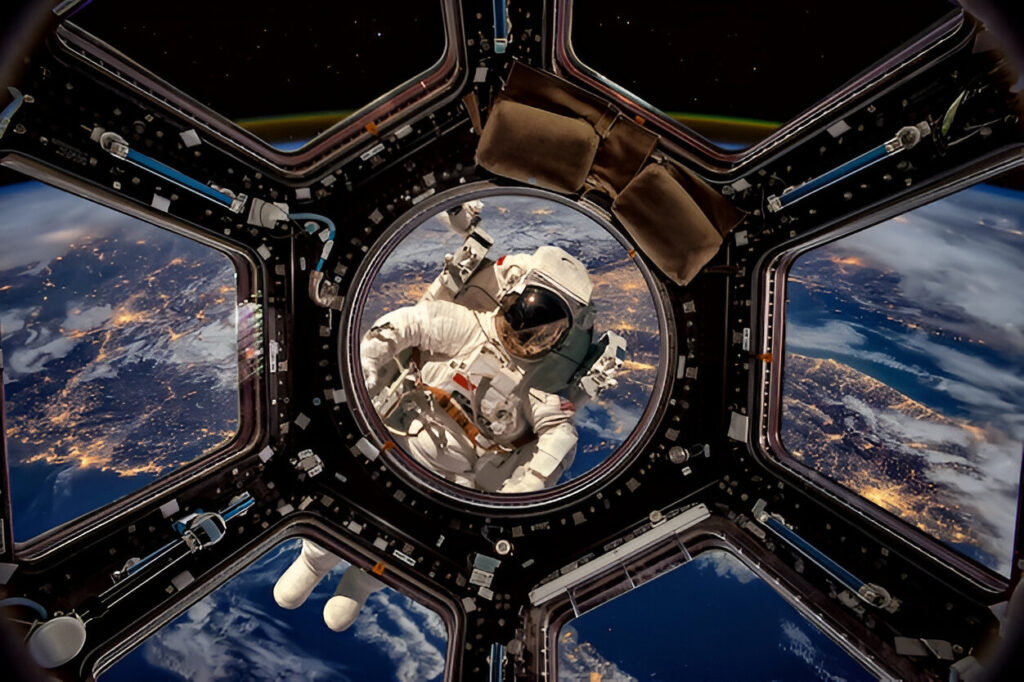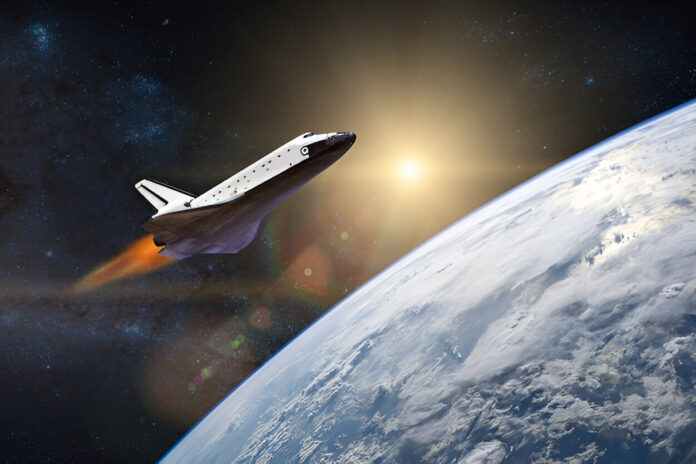Space, the final frontier. For centuries, humans have looked up at the stars with a sense of wonder and curiosity. And now, thanks to advancements in technology, a new era of space travel is dawning upon us. Suborbital tourism, one of the stuff of science fiction, is becoming a tantalizing reality. In this blog post, we will explore the rise of suborbital tourism and its profound impact on the world of travel.
So, What Exactly is Suborbital Tourism?
Suborbital tourism refers to the practice of taking paying passengers on flights that reach the edge of space but do not enter into a stable orbit around the Earth. These flights typically reach altitudes of 80 kilometers or more, allowing passengers to experience weightlessness and see the curvature of the Earth.
Companies like Blue Origin and Virgin Galactic have been at the forefront of this emerging industry, aiming to make space travel accessible to the general public. Their spacecraft, such as Blue Origin’s New Shepard and Virgin Galactic’s SpaceShipTwo, are designed to provide a safe and exhilarating experience for space tourists.
The Science Behind Suborbital Tourism
To understand the impact of suborbital tourism on travel, it is important to delve into the underlying science. Suborbital flights utilize the principles of physics and engineering to propel passengers into space and safely return them to Earth.
These spacecraft utilize powerful rocket engines to escape the grasp of the Earth’s gravity and climb to the edge of space. Once at the desired altitude, the engines shut off, and the spacecraft enters a period of free fall. During this time, passengers experience weightlessness, similar to what astronauts feel in orbit.
Safety is of utmost importance in suborbital tourism. The spacecraft are equipped with state-of-the-art systems to ensure the well-being of passengers. Additionally, extensive training and rigorous safety protocols are followed to minimize any risks involved.
The Potential Impact on Travel
Suborbital tourism has the potential to revolutionize the way we think about travel. Imagine being able to go from New York to Sydney in just a couple of hours, bypassing the long and tiresome flights that currently dominate international travel. Suborbital flights could make this a reality.
Here are some key ways in which suborbital tourism could impact travel:
1. Speed and Efficiency
Suborbital flights would drastically reduce travel times, allowing people to reach their destinations much faster than ever before. The incredible speed of these flights would make long-haul journeys a breeze, opening up a whole new world of possibilities for travelers. No more jet lag or exhausting layovers – suborbital tourism could make travel faster, smoother, and more efficient.
2. Experiential Travel
Suborbital tourism would offer a unique and unforgettable experience for travelers. Imagine gazing at the Earth from the edge of space, seeing the curvature of our planet with your own eyes. It would be a truly awe-inspiring experience, offering a perspective like no other. Suborbital flights could become the ultimate bucket-list item for adventure seekers and space enthusiasts alike.
3. Environmental Considerations
As concerns about climate change continue to grow, the environmental impact of travel has come under scrutiny. Suborbital tourism could potentially offer a greener alternative to traditional aviation. These spacecraft use reusable rockets, significantly reducing the amount of waste generated compared to traditional space travel. Furthermore, the reduced flight time would result in fewer emissions, contributing to a more sustainable future for travel.
4. Space Exploration and Research
While suborbital tourism primarily focuses on providing an exhilarating experience for tourists, it also has the potential to drive scientific research and space exploration. By making space more accessible, these flights could pave the way for more frequent human presence in space and foster advancements in various fields such as astronomy, physics, and biology.
Overcoming Challenges and Looking Ahead

Despite the exciting prospects of suborbital tourism, several challenges need to be addressed for the industry to reach its full potential. The cost of suborbital flights remains prohibitively high for most people, with tickets often costing hundreds of thousands of dollars. Achieving the necessary regulatory approvals and ensuring the safety and comfort of passengers are also key considerations.
However, as technology continues to advance and competition in the industry increases, it is possible that the cost of suborbital tourism will decrease over time, making it more accessible to a wider audience. Companies are working tirelessly to improve their spacecraft, ensuring safer and more economical operations.
Looking ahead, it is not hard to imagine a future where suborbital tourism becomes a mainstream form of travel. With ongoing innovation, the industry could transform the way we explore the world and beyond.
Conclusion
The rise of suborbital tourism holds immense promise for the future of travel. This emerging industry has the potential to offer unparalleled experiences, revolutionize long-haul flights, contribute to a more sustainable approach to travel, and further our understanding of the universe.
While there are challenges that need to be overcome, the technological advancements and enthusiasm surrounding suborbital tourism give us reasons to be optimistic. As the industry continues to grow, it is up to us to embrace this new frontier and explore the possibilities it holds. So, strap in and get ready for the journey of a lifetime – because the future of travel is taking off into space!
